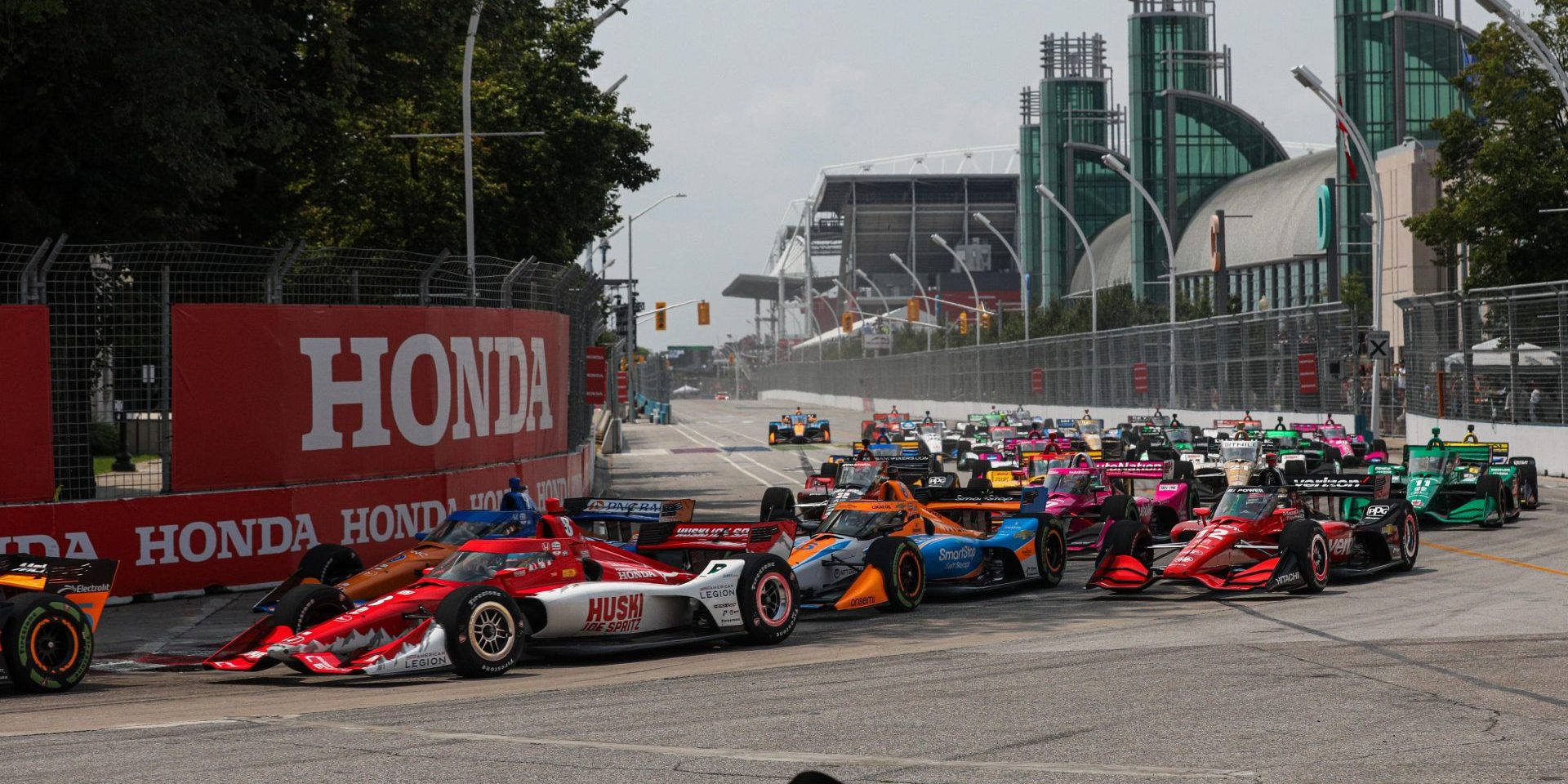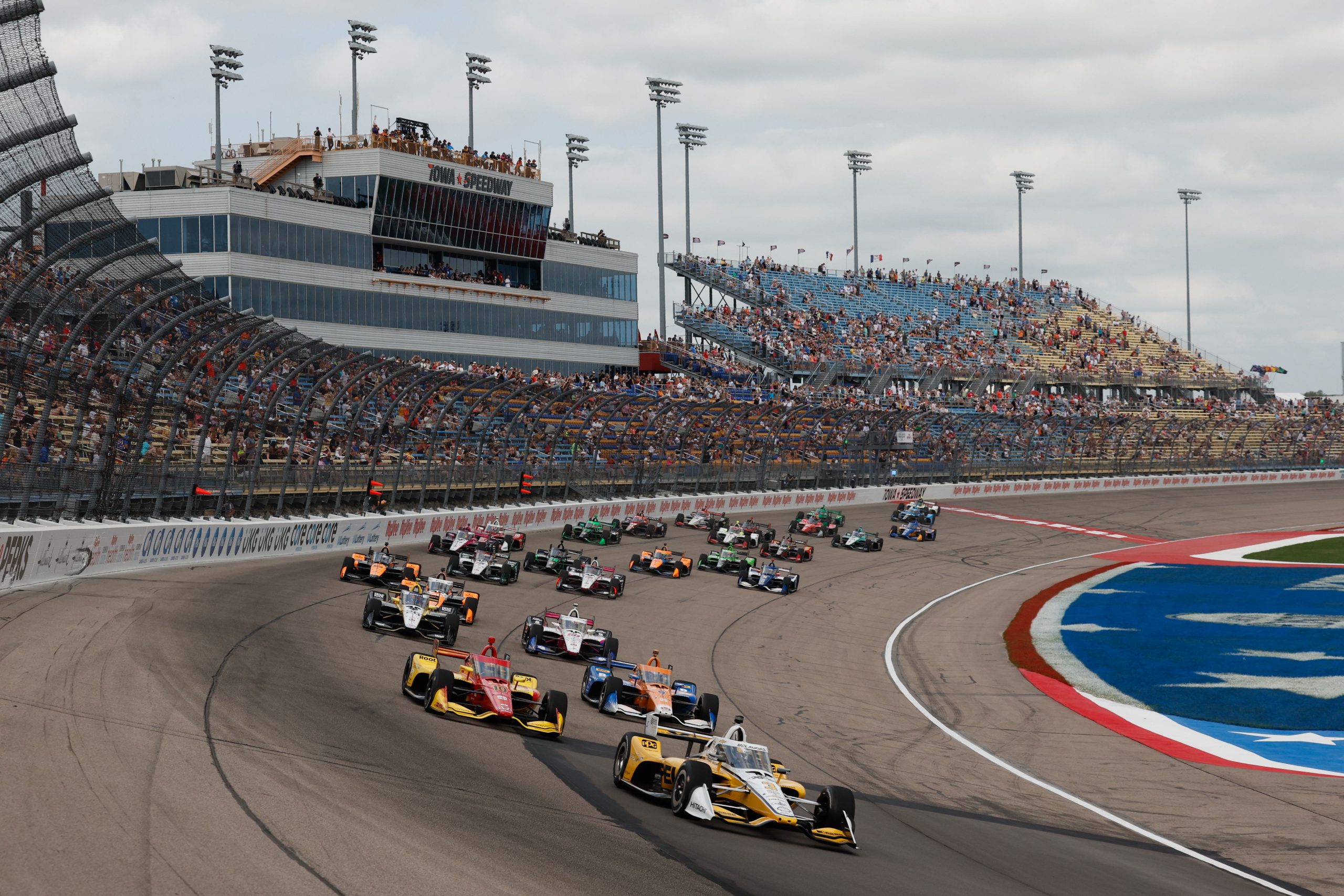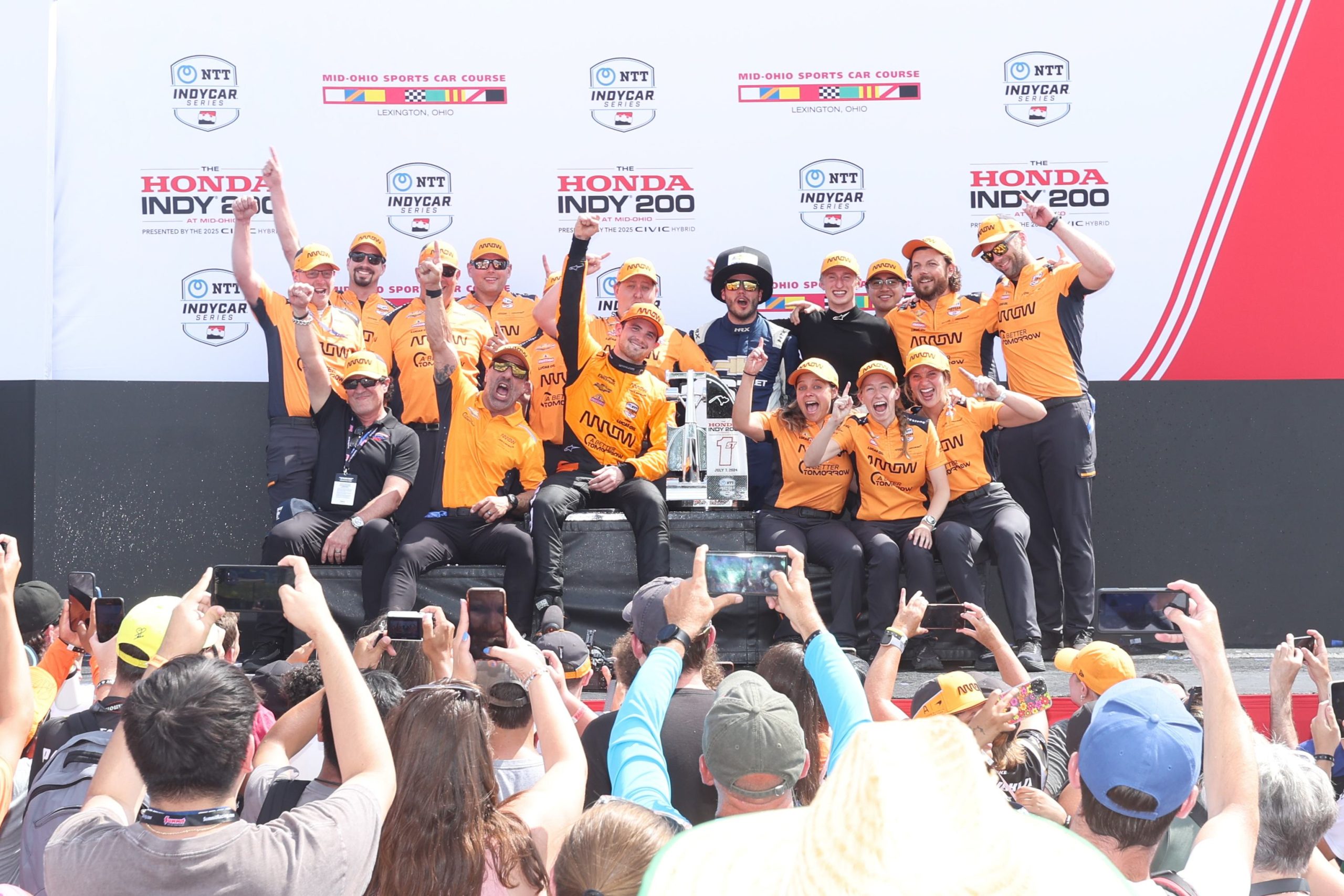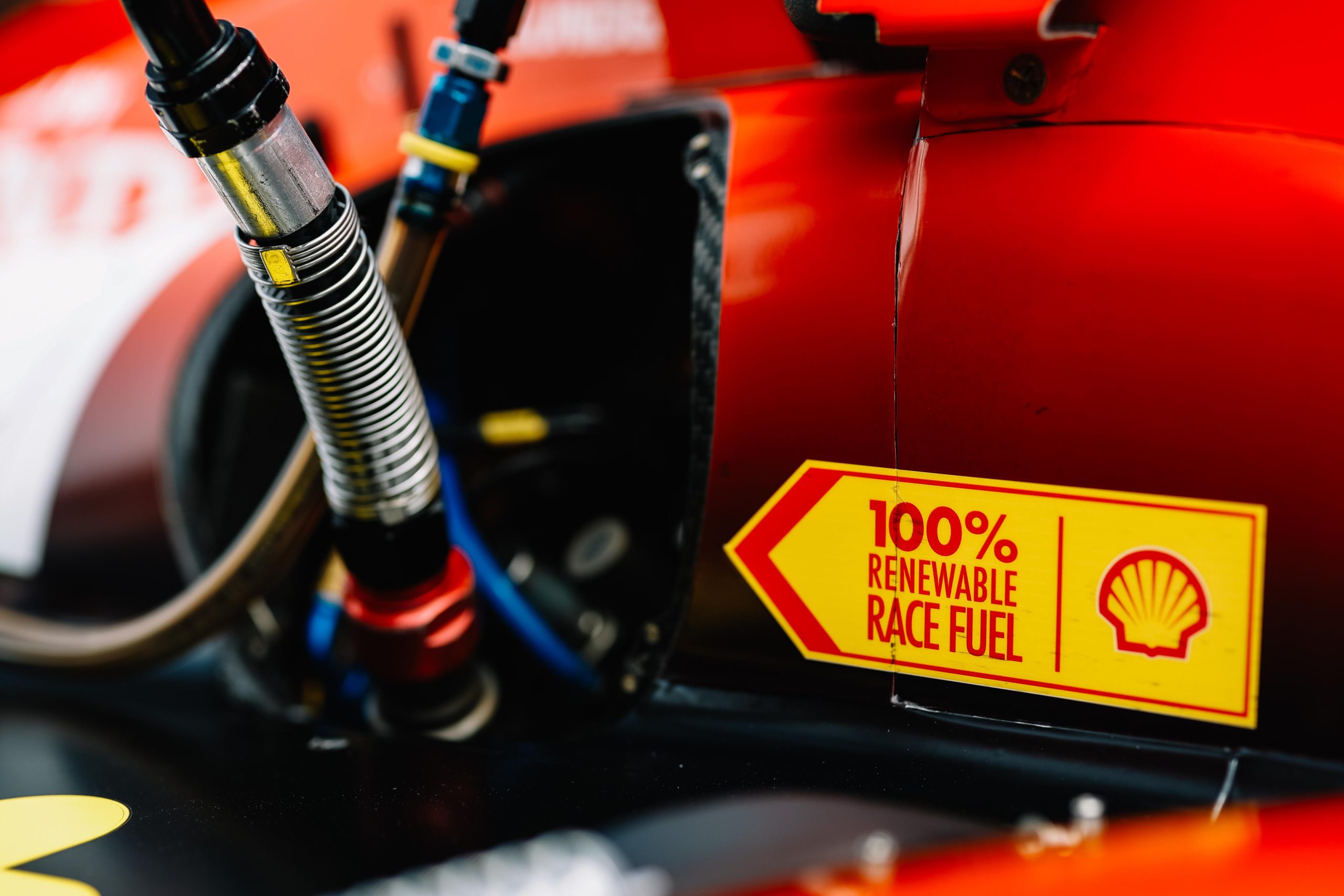How Much Do IndyCar Drivers Make?


Like Formula One, IndyCar racing is a high-octane, adrenaline-fueled sport with a global following.
Drivers that compete in this elite motorsport not only demonstrate their extraordinary driving abilities but also have the chance to earn huge sums of money.
Table of Contents
What Are the Differences Between Indycar and Formula One?
Here’s a table highlighting some key differences between Formula One and IndyCar racing. While these variations may go unnoticed by casual viewers, true racing enthusiasts are well aware of them.
| Aspect | Formula One | IndyCar Racing |
| Geographical Focus | Eurocentric | Primarily American |
| Top Speed | Up to 220 mph (limited by aerodynamics) | Up to 240 mph (shorter and lighter cars) |
| Power Steering | Equipped | Not equipped |
| Overtaking Aid | Limited usage, restricted | Freely used with fewer restrictions |
| Race Types | Road courses, street circuits, and some ovals | Road courses, street circuits, and ovals |
| Car Designs | Highly aerodynamic, advanced technology | Emphasis on durability and safety |
| Teams and Manufacturers | Multiple teams and prominent manufacturers | Diverse teams, fewer major manufacturers |
| Prize Money Distribution | Varied based on event type, sponsorship, and team contracts | Varied based on event type, sponsorship, and team contracts |
| Championship Format | A points-based system with driver and constructor championships | A points-based system with driver championship |
How Do IndyCar Drivers Earn Income?
The income of IndyCar drivers varies among individuals, with each driver potentially earning different payouts at different events. From race winnings to sponsorships and endorsements, let’s explore the various avenues through which IndyCar drivers generate their income.
Race Winnings
Race winnings serve as a primary income source for IndyCar drivers. At each race, drivers compete for a prize purse determined by the race organizers, which can vary from event to event. The prize money is typically distributed among the top finishers, with the winner earning the largest portion. The remaining funds are divided among subsequent finishers based on their rankings.
The winnings in an IndyCar race can amount to several hundred thousand dollars. Significant races like the renowned Indianapolis 500, considered the crown jewel of IndyCar racing, offer substantial prize money. For instance, the winner of the Indianapolis 500 can take home a significant portion of the multimillion-dollar prize purse.
Sponsorship Deals
Sponsorship deals represent another significant revenue stream for IndyCar drivers. These drivers often enter into contracts with companies willing to invest in their careers and provide financial support in exchange for exposure and brand representation. Sponsorship agreements can range from individual race contracts to long-term arrangements spanning an entire season or multiple seasons.
Sponsorship deals not only ensure drivers a steady source of income but also assist in covering various expenses associated with their racing careers, including travel costs, equipment, and team fees.
The money drivers receive from sponsorship deals can vary significantly based on their popularity, performance, and overall reach of the racing series. Top drivers who consistently achieve strong results and boast a significant fan following tend to secure more lucrative sponsorship contracts.
Endorsements and Merchandise Sales
Successful IndyCar drivers often have the opportunity further to boost their income through endorsements and merchandise sales. These drivers become ambassadors for various brands and products, lending their names and reputations to promote them. Endorsement deals can range from partnerships with automotive companies to collaborations with sports apparel brands and gambling establishments.
With the rising popularity of online gambling, many casinos offer sponsorship opportunities to professional athletes, including race car drivers. One such example is the emerging trend of $10 deposit casinos, where players can enjoy casino games with a minimum deposit of $10. These online casinos often seek partnerships with pro drivers to enhance their brand image and attract new customers.
Other Revenue Sources
In addition to race winnings, sponsorship deals, endorsements, and merchandise sales, IndyCar drivers may have additional revenue sources. For instance, some drivers participate in exhibition events or engage in racing-related activities outside the official race calendar, bringing in extra income. They may also earn appearance fees for attending events or making public appearances.
Highest Paid Indycar Drivers: A Look at the Top Earners
The 2023 NTT IndyCar race season began on March 5 in St. Petersburg, Florida. Spanning six months, the season will culminate with the crowning of the champion at the grand finale in Monterey, California, scheduled for September 10.
Here are the top 10 highest-paid IndyCar drivers, highlighting their teams and payouts for the last season (2022 season).
Marcus Ericsson
Leading the pack is Marcus Ericsson, a talented Swedish driver who has impressed with his skills on the track. Competing for the esteemed Chip Ganassi Racing team, Ericsson has earned an impressive $3,100,000 in payouts for the 2022 IndyCar season, making him the highest-paid driver.
Pato O’Ward
In second place among the top earners is Pato O’Ward, who races for Arrow McLaren SP. The young and promising driver has showcased his potential and secured a base payout of $1,000,000 in the IndyCar racing events for 2022.
Scott Dixon
Scott Dixon, a highly accomplished driver from New Zealand, continues to be a force to reckon with in IndyCar racing. Competing alongside Marcus Ericsson at Chip Ganassi Racing, the 41-year-old Dixon has demonstrated his skill and secured a base payout of $707,000, earning him the third spot in the list of highest-paid IndyCar drivers.
Felix Rosenqvist
Driving for McLaren, Felix Rosenqvist has proven himself as a formidable competitor. With impressive performances, Rosenqvist earned a payout of $570,500, placing him fourth among the highest-paid IndyCar drivers in 2022.
Alex Palou
Alex Palou, a renowned Chip Ganassi Racing team member, has had a strong showing in the 2022 season. Palou’s exceptional skills earned him a base payout of $569,600, solidifying his position as one of the top earners in IndyCar racing.
Conclusion
IndyCar racing not only offers thrilling action and intense competition but also allows drivers to earn substantial incomes. The top 10 highest-paid IndyCar drivers in 2022, including Marcus Ericsson, Pato O’Ward, and Scott Dixon, have demonstrated their exceptional skills, earning significant payouts through their performances and team contracts. As the 2023 season progresses, these drivers will continue to battle it out on the track, seeking both victories and financial success in the dynamic world of IndyCar racing.










